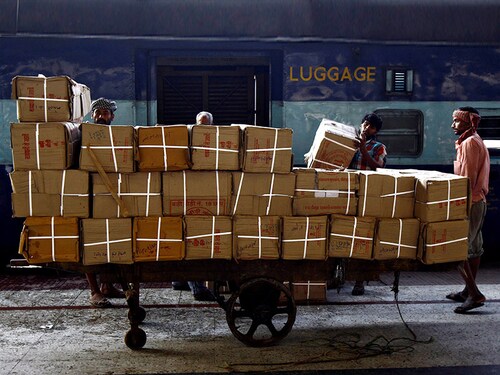GST rollout: A smooth start
The implementation of GST will allow free flow of tax credit in intra and inter-state transactions leading to more efficient markets and leaner tax structure
Now that the Goods & Services Tax regime is well and truly under way, what would be its impact? Principally, GST quantifies value addition and amalgamates a number of central and state taxes into a single levy. It also helps mitigate the ill effects of cascading, where a good may be taxed repeatedly.
The implementation of GST will allow free flow of tax credit in intra and inter-state transactions leading to more efficient markets and leaner tax structure. The key takeaways are:
For most goods, the tax rates have remained comparable to the effective tax faced at present. However, for some of the food, agri products and items of daily use like soap, hair oil etc. the new rates are lower. As a result the overall impact is likely to be inflation neutral.
The destination based taxation structure of GST implies that states with manufacturing bases will potentially lose revenue which will be compensated by the Central Government – about Rs. 50,000 crore in the first year. The key states that will require compensation are Gujarat, Maharashtra, Uttar Pradesh, Tamil Nadu and Haryana. Proceeds from the additional cess on sin goods will constitute the pool from which the states would be compensated for any revenue loss.
Several states have in the past offered tax incentives to companies for setting up manufacturing units. Dilution of the power of states to levy independent taxes/offer exemptions under GST regime, will impact even the existing projects. State governments and impacted companies will need to find out solutions. However, at present there is lack of clarity on this issue.
Tax monitoring will become easier on account of the robust GST Network platform where all returns can be accessed instantly and in a user-friendly manner. That will help revenue officials monitor the sequence of supply of goods and services as well as flow of input tax credit.
GST will increase working capital requirements across major manufacturing sectors on account of tax liability on inter-state ‘stock transfer’. Accordingly, businesses will not be able to claim their tax credits until the shipped goods are sold. To reiterate, stock-transfers in the current regime does not attract any tax even during an inter-state transfer.
With need for registration and filing of returns in multiple states, compliance costs are likely to go up. Overall tax compliance is expected to go up. This will also impact some of the smaller entities in SME dominated sectors. Over the longer term this is likely to lead to consolidation and market share gain for the organised sector.
- By Prasad Koparkar, Senior Director, CRISIL Research
